-202403121604.gif)


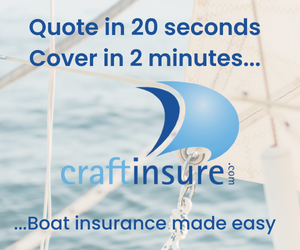
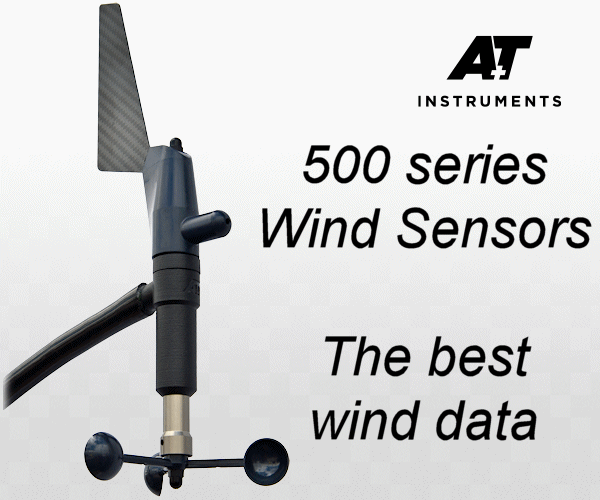

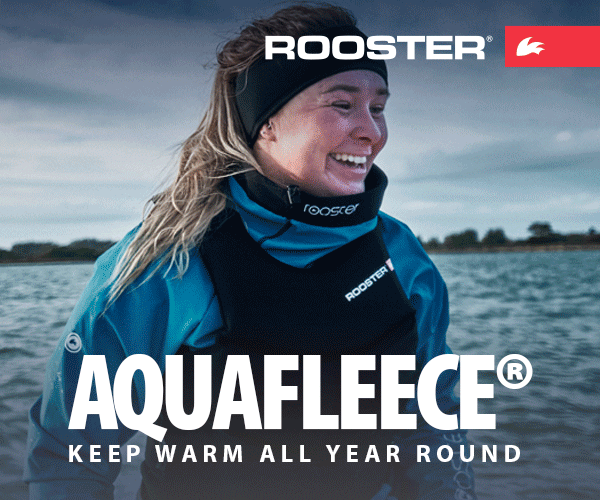



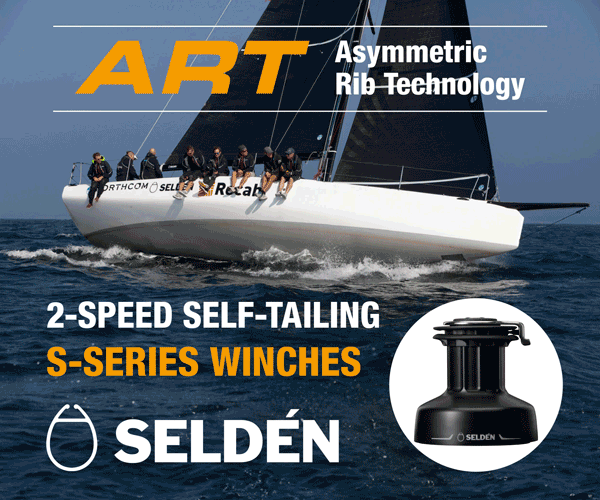
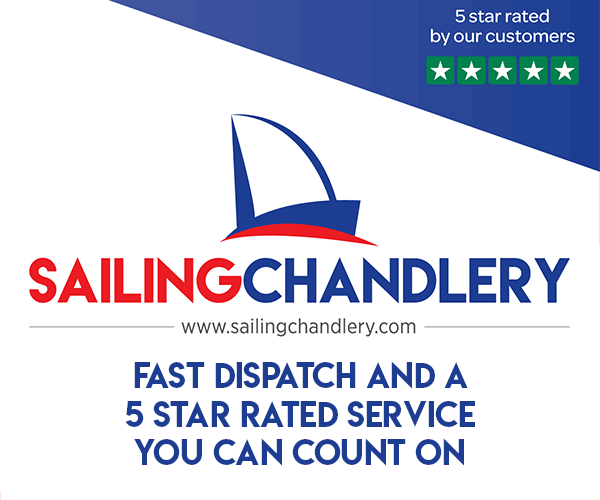
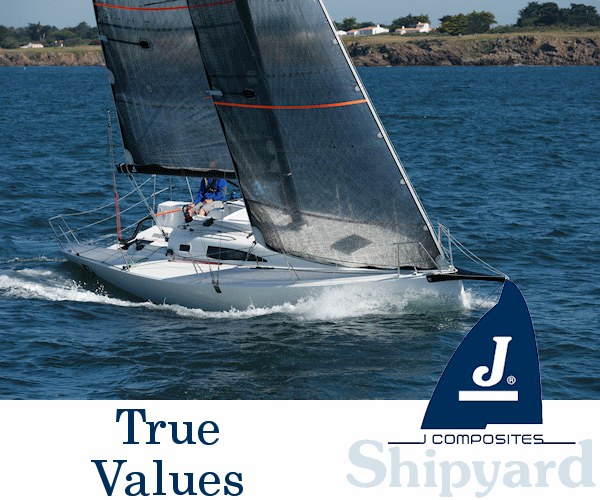
| J24 (Sail No. 4239) Dartmouth |
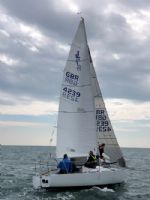 |
| Laurent Giles 'Jolly Boat' Exeter |
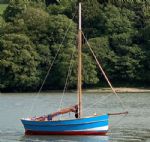 |
| Laser XD 203301 Upminster |
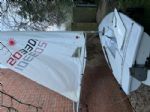 |
List classes of boat for sale |
Height and lowth |
Post Reply 
|
Page 123> |
| Author | |
Mark R 
Newbie 
Joined: 21 Dec 06 Online Status: Offline Posts: 8 |
 Post Options Post Options
 Quote Quote  Reply Reply
 Topic: Height and lowth Topic: Height and lowthPosted: 14 Mar 07 at 5:31pm |
|
Hopefully most of your questions so far have been discussed in the recent troubleshooting articles in the magazine. Anyone got any feedback/ anything to add? "Finishing" went to Y and Y HQ today. Next we are going to be discussing height (upwind) and lowth (downwind). Anyone have any specific issues? Here is one for starters: "I want to tack on a header, but the guys to windward seem to like the look of the corner. What are the techniques for squeezing up to him/her and forcing him to tack off?" Over to you..
|
|
|
Mark
|
|
 |
|
radixon 
Really should get out more 

Joined: 27 Oct 06 Location: United Kingdom Online Status: Offline Posts: 2407 |
 Post Options Post Options
 Quote Quote  Reply Reply
 Posted: 14 Mar 07 at 6:22pm Posted: 14 Mar 07 at 6:22pm |
|
Explain in simple terms what it means please? I might not be the most knowedgable person going but been the "average" Y+Y reader, you will need to explain with diagrams and examples. Thanks |
|
 |
|
Contender 541 
Really should get out more 

Joined: 05 Dec 05 Location: Burton on Trent Online Status: Offline Posts: 1402 |
 Post Options Post Options
 Quote Quote  Reply Reply
 Posted: 15 Mar 07 at 8:10am Posted: 15 Mar 07 at 8:10am |
|
Upwind, how do I know when to pinch, when to sail my normal course and when to sacrifice course for speed. Downwind - tactics, when to luff, when to defend, when to just go for it |
|
|
When you find a big kettle of crazy it's probably best not to stir it - Pointy Haired Boss
Crew on 505 8780 |
|
 |
|
Bruce Starbuck 
Posting king 
Joined: 14 Sep 04 Location: United Kingdom Online Status: Offline Posts: 124 |
 Post Options Post Options
 Quote Quote  Reply Reply
 Posted: 15 Mar 07 at 6:35pm Posted: 15 Mar 07 at 6:35pm |
|
Developing more height upwind is the easy bit; nice hard leeches, cars forward/down for the jib and plenty of vang/mainsheet on the main and board right down. Then sail with the inside tell-tale lifting as much as you can get away with. My question would be regarding how to set the boat up if you wanted to foot, for example if you wanted to get over to a particular side of the course fast in order to lock into the next anticipated shift or if you were being lifted and wanted to take it as extra speed to drive over some boats clear ahead and to leeward instead of taking the height. Would doing the opposite of the height settings (i.e. loose, twisted leeches) be the best set-up and how would you sail the boat? Both tell-tales streaming? Would you chock the rig straighter, more bend or leave it? Would you ever lift the board slightly? My issue with twisting the sails is that this would have the effect of flattening them and reducing power and I'd have thought you would need a nice punchy rig to develop the power to foot off. Same issue with raising the board; that's a depowering tool. Am I missing something? I'm thinking single trapeze boat, but I guess the answer would be the same for a twin-wire boat too. In my experience, it very rarely pays to foot in most hiking boats. |
|
 |
|
49erGBR735HSC 
Really should get out more 

Joined: 30 Mar 05 Location: United Kingdom Online Status: Offline Posts: 1991 |
 Post Options Post Options
 Quote Quote  Reply Reply
 Posted: 15 Mar 07 at 6:59pm Posted: 15 Mar 07 at 6:59pm |
|
When you foot off, the point is to generate as much speed as possible as the increased speed outweighs the height which is lost, so often you want to minmalise twist to maintain power. However, with the twin wire boats, the majority of the time you are footing off and as the wind increases twist has to be imposed to allow the boat to remain controlable. For single-wire boats, I'll always gauge when to foot off as the point when the hull starts plaining, up until that point I've found it beneficial to head for height. |
|
 |
|
redback 
Really should get out more 

Joined: 16 Mar 04 Location: Tunbridge Wells Online Status: Offline Posts: 1502 |
 Post Options Post Options
 Quote Quote  Reply Reply
 Posted: 15 Mar 07 at 8:49pm Posted: 15 Mar 07 at 8:49pm |
|
I'm not sure I'd agree that lots of kicker makes a boat more pointy, but that aside I'd say its mostly to do with those tell-tales. If you sail with the windward ones streaming upwards then you are going to get height instead of speed, if you drive the boat a bit they'll be streaming more horizontally. I'm sure you need an open leech up near the top - so maybe a little downhaul if there's a tendency to be overpowered. Now some boats benifit from being driven and my Laser4000 does once we're fully powered up - in fact we actually have to ease the jib a bit and then it really works because we increase our speed by 50% and only increase the distance by 10%. I used to campaign a Laser and most of the time it paid to point but in light winds you could drive it and it would pay, however there were times when tactically it was worth it and then you really had to sit out hard or you didn't go any faster. In fact I'd say as a rule that when driving the boat it is even more important to keep it flat, whereas pointing can be enhanced by a little heel to wieght up the rudder. Now to another consideration - the wind is not constant. So the time to point is in the lulls and the time to drive is in the gusts. This is the opposite to the natural inclination of most boats and certainly the opposite to the natural tendency of the less expert helm. This brings me back to the kicker, my boat needs more when the wind is stronger - so the opposite to when I want to point! |
|
 |
|
Bruce Starbuck 
Posting king 
Joined: 14 Sep 04 Location: United Kingdom Online Status: Offline Posts: 124 |
 Post Options Post Options
 Quote Quote  Reply Reply
 Posted: 18 Mar 07 at 12:37pm Posted: 18 Mar 07 at 12:37pm |
|
Hmm, the quote feature doesn't seem to be working.. 49erGBR735HSC, redback Other controls to adjust would be to straighten the mast, maybe with deck-level chocks or an adjustable srut depending on ther boat. This would generate more return in the rear, lower part of the main, around thelower and middle batten area which is what we're looking for. This would have to be combined with a slight increase in leech tension via the mainsheet or vang. (I'm assuming moderate wind srength, say 10 knots.) In my experience, hardening up the jib leech has a more marked effect on pointing than doing the same to the main. I'd move the cars forward or down quite significantly and correspondingly ease the jibsheet a little bit to create a jib which has more return and a harder leech than before. IMO this should probably be the first job when you want to pinch, even before reaching for the vang control. |
|
 |
|
Bruce Starbuck 
Posting king 
Joined: 14 Sep 04 Location: United Kingdom Online Status: Offline Posts: 124 |
 Post Options Post Options
 Quote Quote  Reply Reply
 Posted: 18 Mar 07 at 12:46pm Posted: 18 Mar 07 at 12:46pm |
|
"Now to another consideration - the wind is not constant. So the time to point is in the lulls and the time to drive is in the gusts. This is the opposite to the natural inclination of most boats and certainly the opposite to the natural tendency of the less expert helm."
There is a theory about sailing fast planing boats upwind at shifty inland venues which says that it's sometimes faster to sail a straight line and ease the sails through a (short) lift , taking a bit of extra speed, instead of chasing the wind direction up and down. This is because it's quicker to ease the sails than to change the direction of the boat. Presumably this would depend on the duration of the shifts though. I'd suggest that if the shifts were lasting more than 5 seconds it would be worth heading up. |
|
 |
|
49erGBR735HSC 
Really should get out more 

Joined: 30 Mar 05 Location: United Kingdom Online Status: Offline Posts: 1991 |
 Post Options Post Options
 Quote Quote  Reply Reply
 Posted: 18 Mar 07 at 4:14pm Posted: 18 Mar 07 at 4:14pm |
|
It is quicker boatspeed wise to ease the sheets than head up for added height. To head up you have to either adjust rudder trim which in turn slows the boat down or apply some leeward heel which also loses speed and power. The added acceleration increases the flow accross the foil which generates extra lift drawing the boat higher through foil interaction. The gains added by heading up are negated greatly by loss of boat speed. We have a compass on our boat which we gauge over time and it's basically an indicator for when we've been majorly headed so we tack off. In general, our major focus point is boatspeed over height but will tack on major heads, but will limit tacking as far as possible as tacking loses great ammounts of distance on fast crafts. As for the decision to luff up on another boat, wouldn't consider it in the 49er in normal circumstances as you would be slowing yourself greatly concentrating on the boats your trying to luff up whilst all the other boats on the course would be gaining as they wouldn't have slowed up by pinching to luff, although in slower classes where the difference between pinching speed and fully powered up isn't as great the decision could be different considering class. |
|
 |
|
redback 
Really should get out more 

Joined: 16 Mar 04 Location: Tunbridge Wells Online Status: Offline Posts: 1502 |
 Post Options Post Options
 Quote Quote  Reply Reply
 Posted: 18 Mar 07 at 10:42pm Posted: 18 Mar 07 at 10:42pm |
|
Bruce, when I get a chance I'll try that technique. Now changing gear, in boats with a big roach the ability of the leach tension to control the angle of attack of the upper mainsail is significant. The "threadline" from masthead to the end of the boom goes through the middle of the top battens and so by increasing the leach tension the roach can be brought up to windward. This increases pointing ability but at the expense of the ability to accelerate. This can be most easily achieved if the strop is adjusted so that the last few inches of mainsheet bring the boom into the centre line and then hardens the leach. During a gust the mainsheet is eased and the leach goes softer as the boom goes out. Giving a more twisted and open leach. This is ideal for acceleration. Once up to speed the main comes in a bit but not so much as to tighten the leach - this is good for fast windward sailing. And finally as you sail into lower pressure the mainsheet comes in that bit more tightening the leach and pointing the boat. However that last setting is only suitable for dying pressure and if the wind stays light the mainsheet has to be eased to open the leach a bit and the crew comes in off the wire. I wonder if Dennis Watson (or any other high performance boat helm) would agree? |
|
 |
|
Post Reply 
|
Page 123> |
| Forum Jump | Forum Permissions  You cannot post new topics in this forum You cannot reply to topics in this forum You cannot delete your posts in this forum You cannot edit your posts in this forum You cannot create polls in this forum You cannot vote in polls in this forum |
Copyright ©2001-2010 Web Wiz
Change your personal settings, or read our privacy policy











 Printable Version
Printable Version Delicious
Delicious Digg
Digg Facebook
Facebook Furl
Furl Google
Google MySpace
MySpace Newsvine
Newsvine reddit
reddit StumbleUpon
StumbleUpon Twitter
Twitter Windows Live
Windows Live Yahoo Bookmarks
Yahoo Bookmarks Topic Options
Topic Options